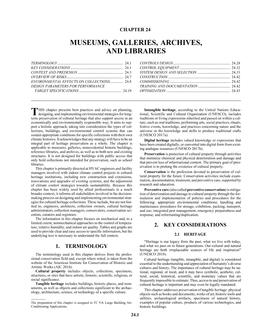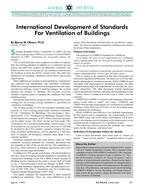The term “system” is probably the most overused word in today’s technology-oriented society. The term is applied to everything from space shuttle navigation apparatus to disposable razors. Webster’s defines a system as “an ordered combination of things or parts forming a complex or unitary whole,” truly a general purpose definition. This term, when applied to the activities required to control a building, can be defined as an ordered combination of things or parts forming a unitary whole, with the objective of optimizing the control of a building. When looking at applying systems to building controls, it is best to divide the building into subset functions, i.e., temperature control, energy management, asset protection, management information functions, etc. Each of these applications can represent a subsystem within the total building management system. Depending on the system architecture, these subsystem functions can be combined with each other or remain separate. What follows is a discussion of these applications, various system architectures, and some guidelines on evaluating the trade-offs associated with system development and/or selection.
Citation: Symposium, ASHRAE Transactions, Volume 88, Part 1, Houston, TX
Product Details
- Published:
- 1982
- Number of Pages:
- 8
- File Size:
- 1 file , 740 KB
- Product Code(s):
- D-HO-82-13-1


